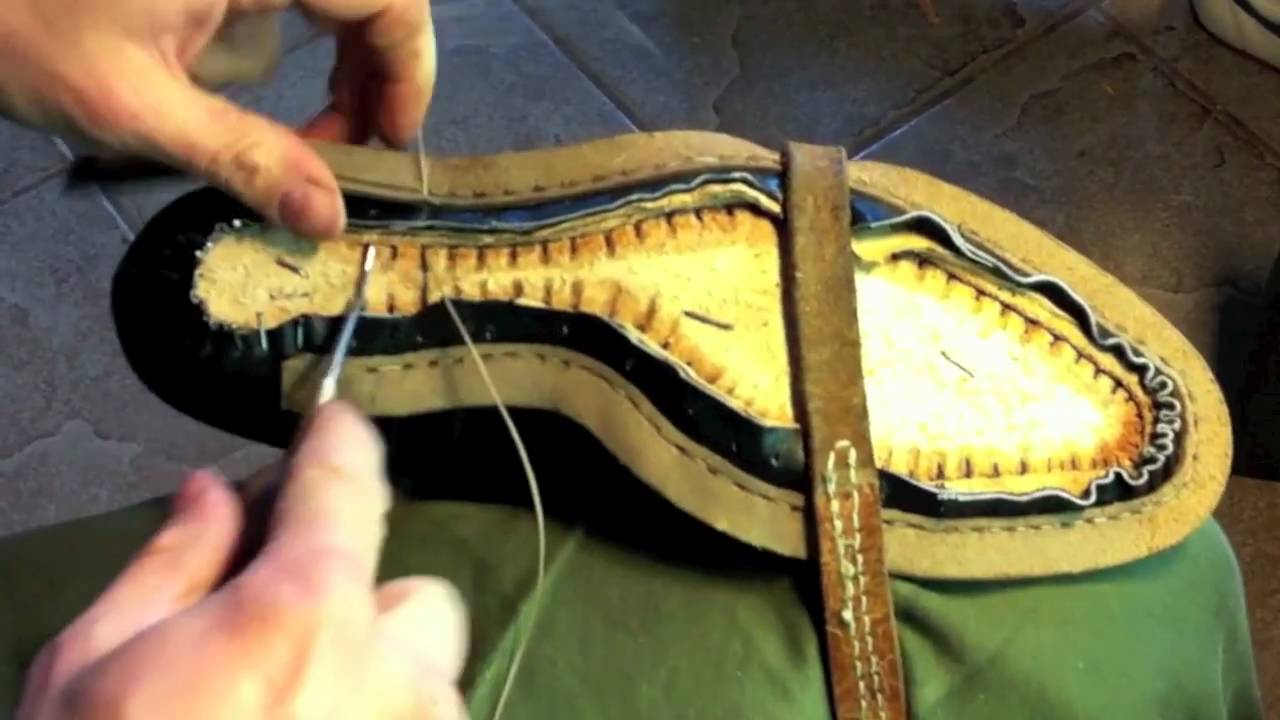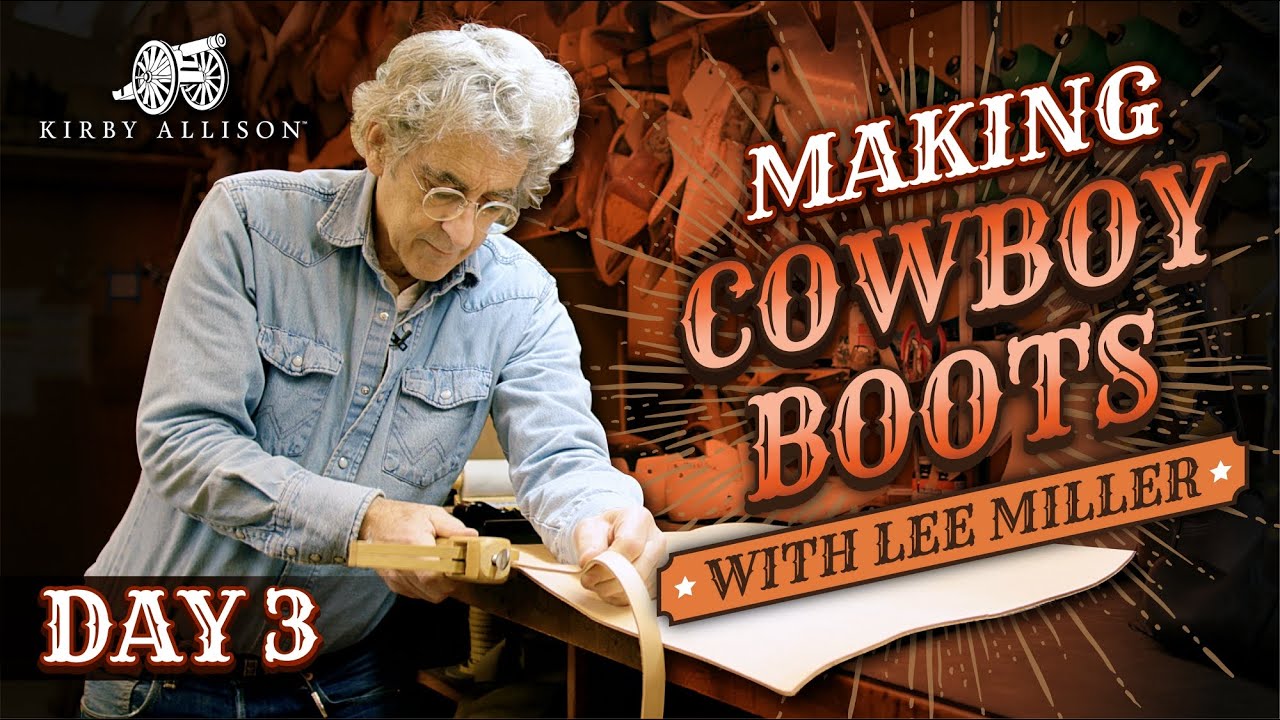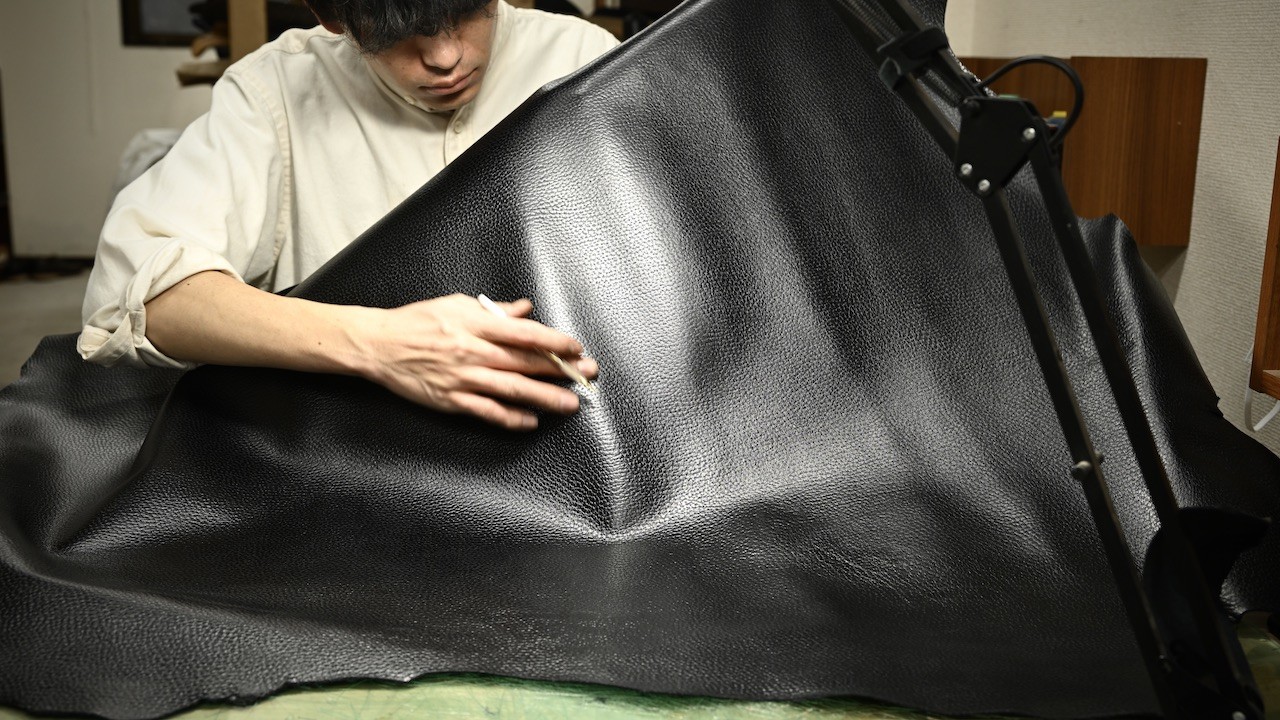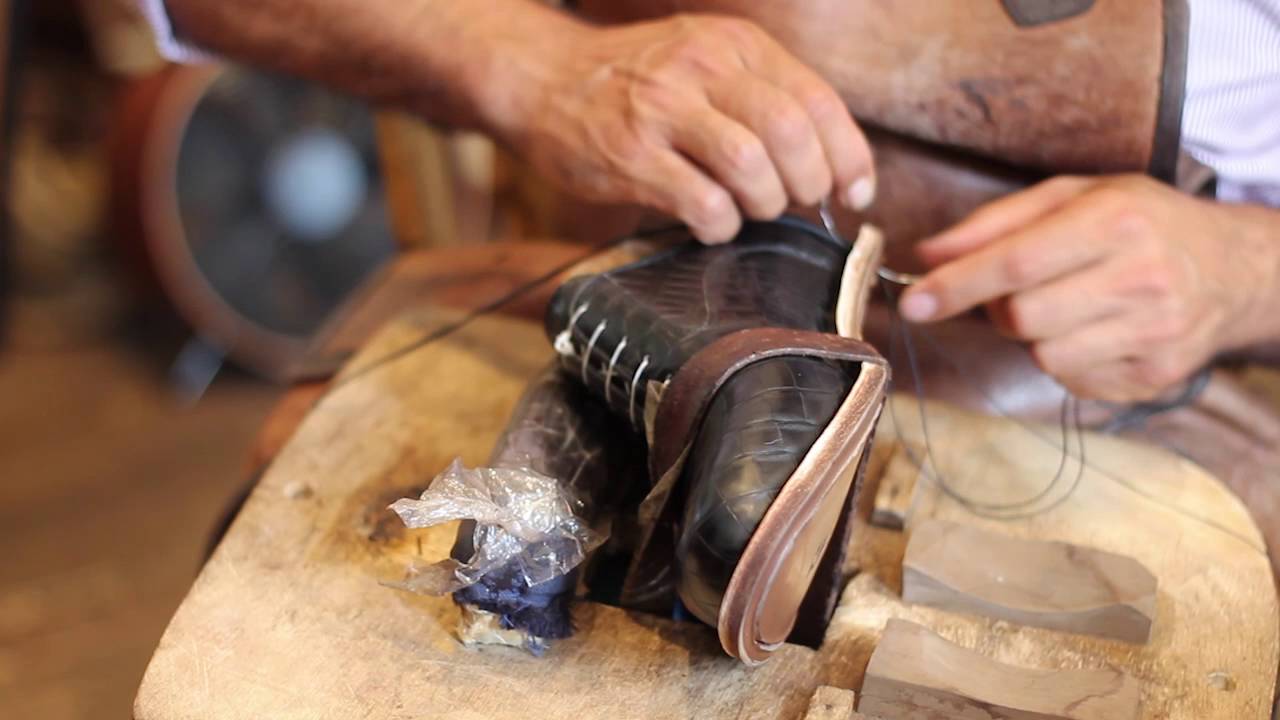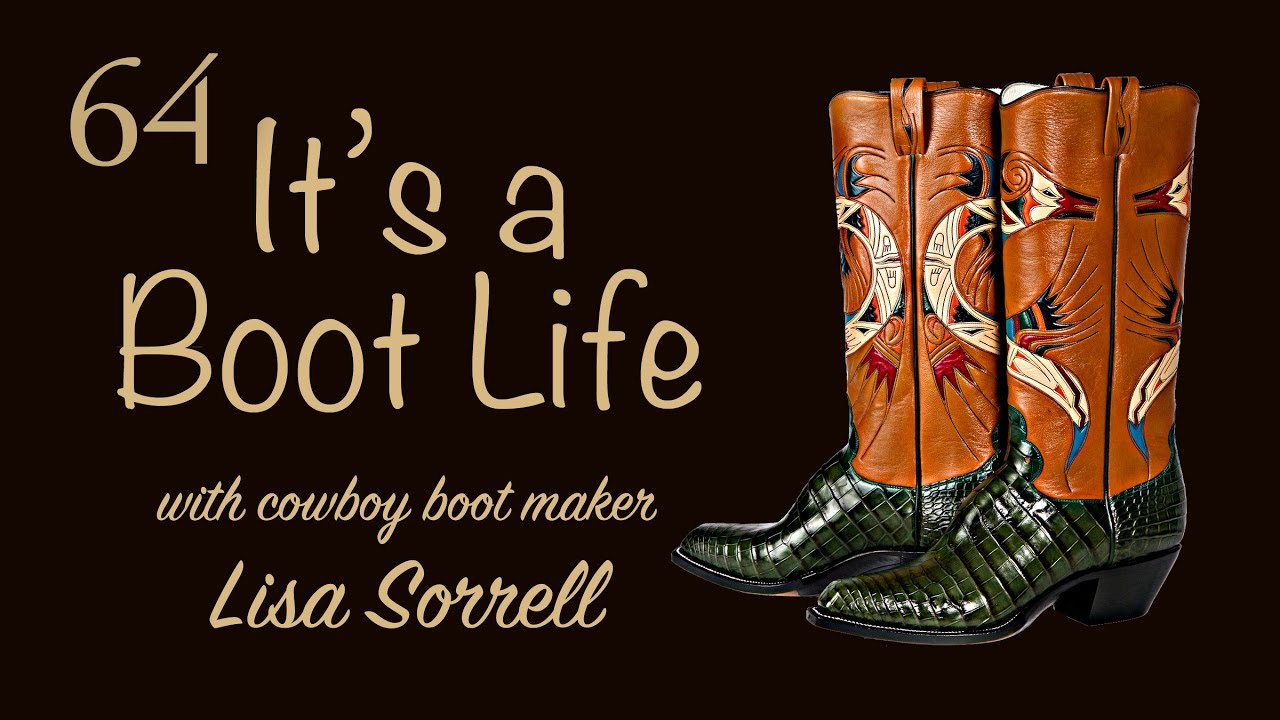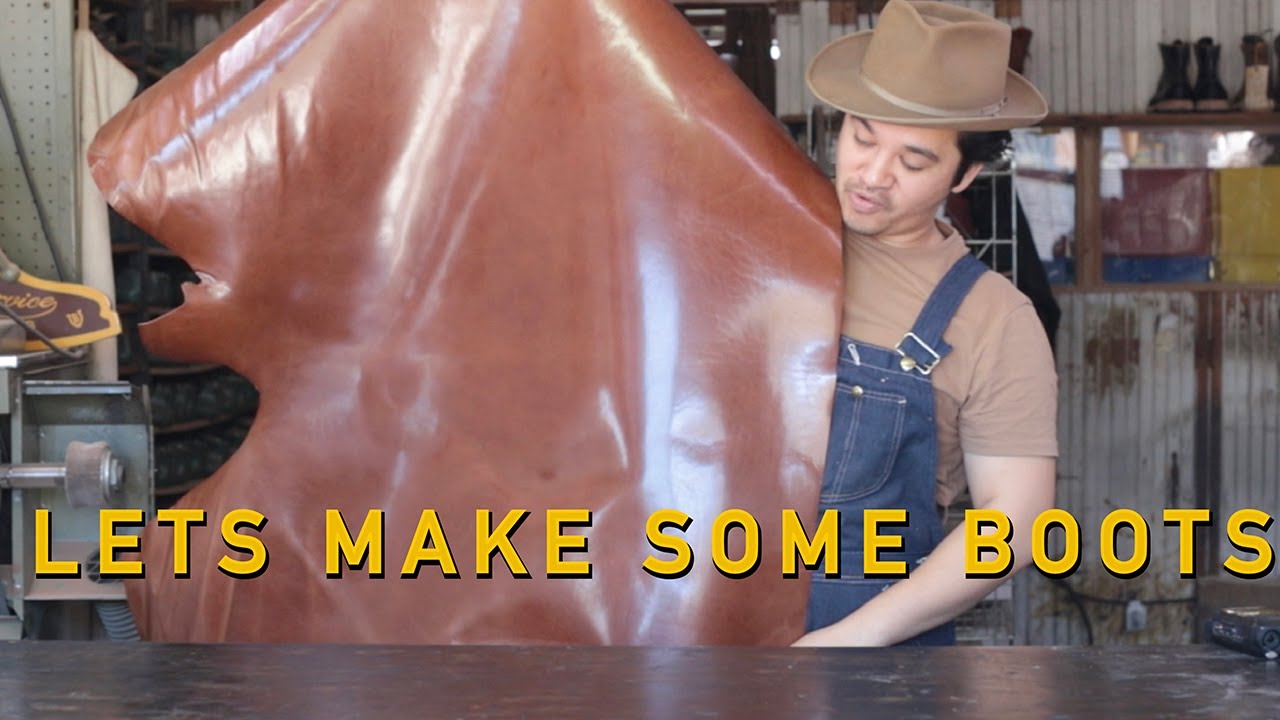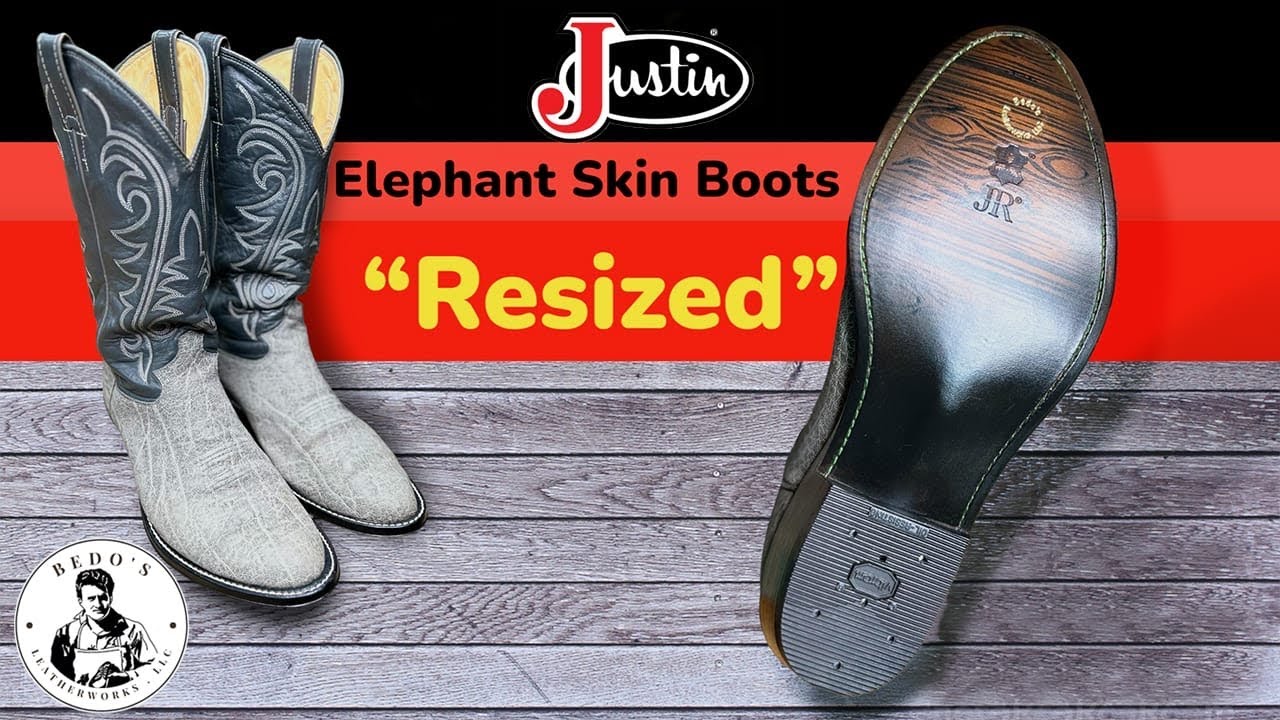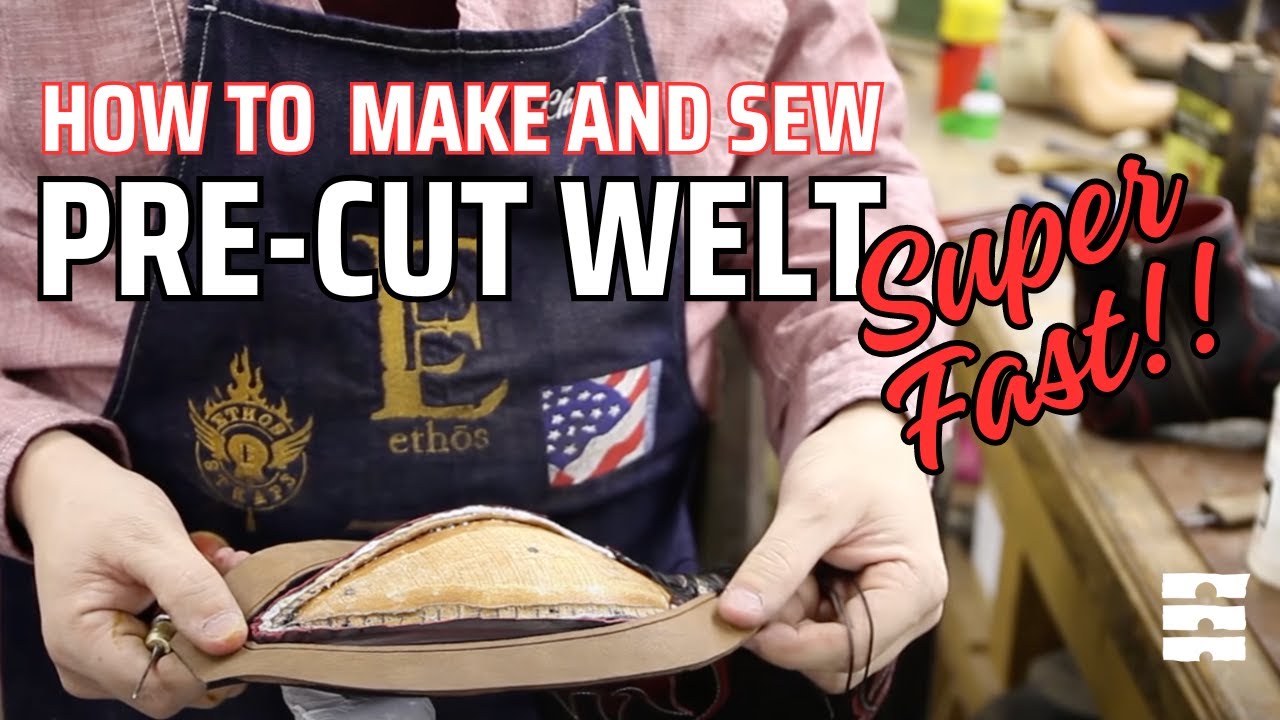Continuing the discussion from Balmoral-ish Roper Boots:
Thinking Through
I took a little time to try to think systematically about this. A few thoughts:
Strength-wise, if you’re using a pointed or tapered awl, the last layers you hit will potentially receive the smallest, tightest holes. Pushing the awl from the inside out, that means the tunnel will be widest through the holdfast and narrowest through the upper and welt. Since the holes through the upper and welt face out toward the elements, perhaps that could mean less chance of water seeping in. On the other hand, wider through the holdfast might increase the risk of holing or tearing it out.
Accuracy-wise, at least at my beginner stage, I’m much better piercing just where I want to where I start the awl than where it ends up when I push it through. That would seem to benefit piercing from the outside in.
On the other hand, there are real benefits to making your holes in line with the curve of your awl, and then being a needle or bristle to follow that curve through. Especially if your holes in the holdfast get pierced before welting, it might matter more to make sure the holes in the upper match the pre-pierced holes in the holdfast. Being able to pierce exactly where you want on the upper, from the outside in, doesn’t matter then. What you want to do is follow the holes you’ve already made in the holdfast and just find out where they point to on the upper, following the awl.
Reviewing Some Notes of Videos
I believe I remember an old thread on The Crispin Colloquy where at least one western bootmaker from Fort Worth argued fervently with DW Frommer II about outside-in versus inside-out. I vaguely remember DW’s point was that you couldn’t really know where you were hitting the outside face of the holdfast with it covered by the upper. The other side claimed speed and experience delivering accuracy.
Reviewing some notes, the vast majority of makers I’ve seen on video go inside-out:
Marcell Mrsan welting through pre-pierced holes from the inside out:
Lee Miller welting from the inside out without pre-piercing:
Ken Kataoka, inside out:
Imbrahim Demir, inside out:
Lisa Sorrell, pre-pierced, inside-out:
Terry Kim, pre-pierced, inside-out:
